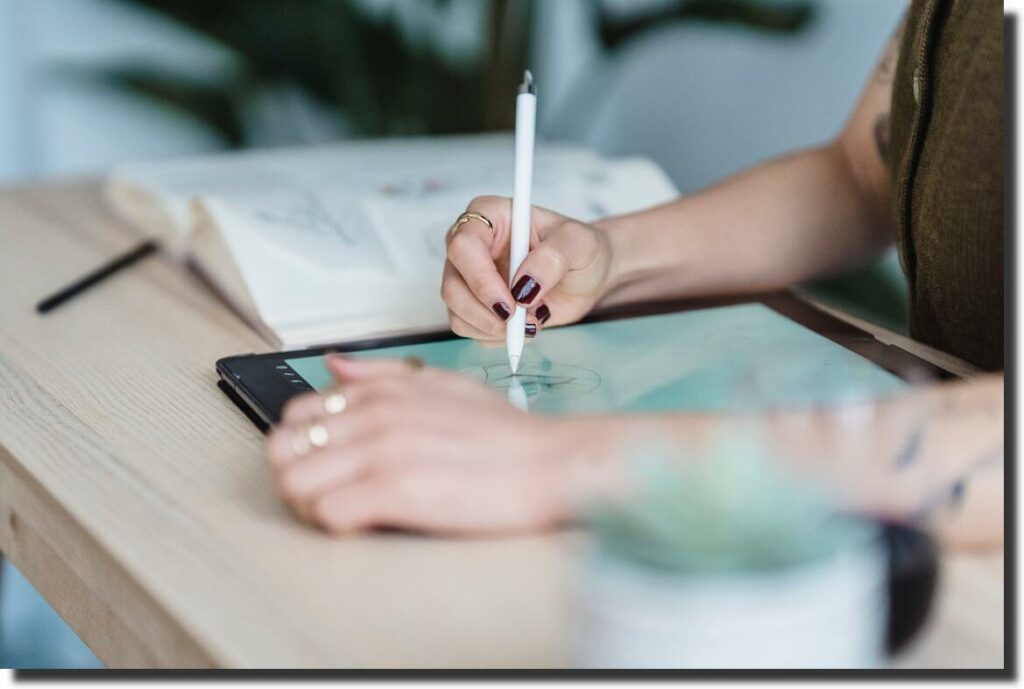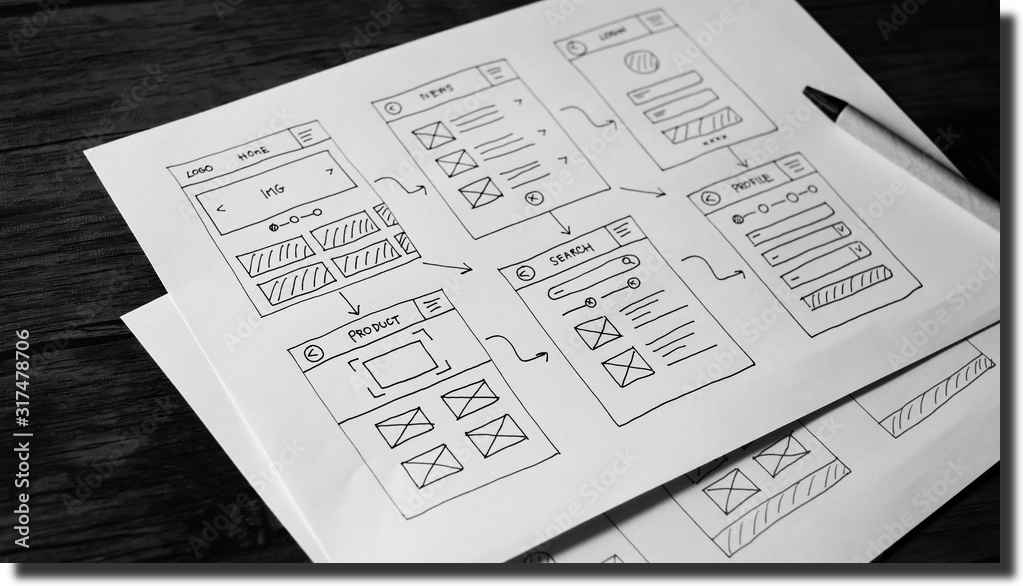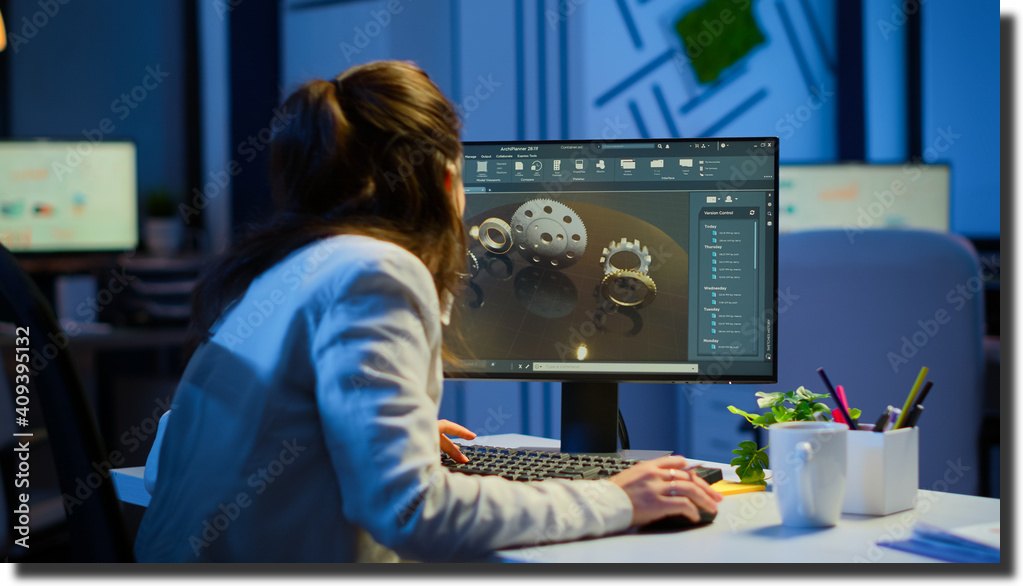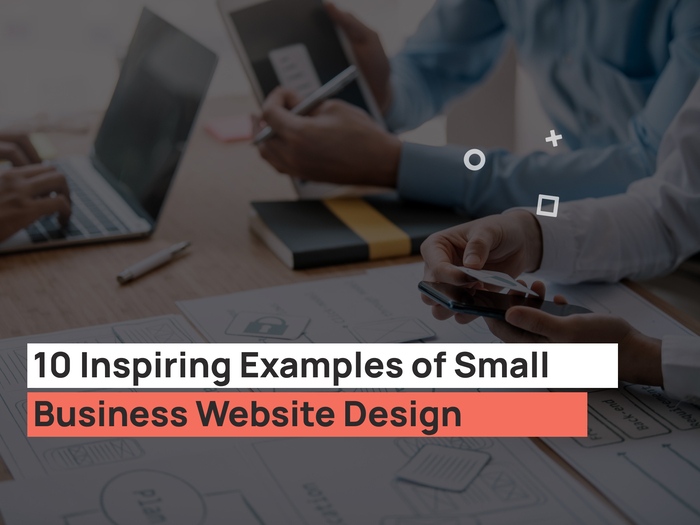As a user, you may not think about all the hard work that goes into making sure you have a good experience while using a product. But somebody has to put a lot of effort into crafting that experience, and that’s where UX designers come in.
A good UX design is important because it can make using a product more enjoyable and efficient. If a product is difficult to use or inefficient, users are likely to give up on it quickly. On the other hand, if a product has a good UX design, users will be more likely to keep using it and recommend it to others.

Many elements go into creating a good UX design, such as user research, wireframing, and prototyping. And it’s not just about aesthetics – UX designers also have to think about how users will interact with the product and what they need to do so effectively.
So next time you’re using a product and enjoying the experience, remember to thank the UX designer who made it possible!
What is a UX Design Process?
UX design is a process that designers use to create a user interface for a product or service. It starts with understanding the users’ needs and designing the features that will meet them.
The first step of a UX design process is gathering information about the users and their environment. This includes conducting user surveys, listening to feedback from users, and interviewing them. After this information is gathered, the designer creates a design concept that reflects what they have learned.
The next step is to create wireframes and prototypes. These are low-fidelity final product versions that help test the design concept. Once these tests are complete, the designer moves on to creating the final product. This involves creating graphics, coding, and designing the user interface. The goal is to create something that meets the users’ needs and looks good in digital and physical forms.
Stages of UX Design Process
Assuming you have a basic understanding of what UX design is, the process can be broken down into a few key steps:
Initial Analysis: What Step is First in the UX Design Process?
Creating a great user experience starts with defining the scope of the project. It is the first step of a UX design process.What are the goals of the project? What are the users’ needs? What are the limitations of the project? Answering these questions will help you create a product that meets users’ needs and achieves the project’s goals.
Once you’ve defined the project’s scope, you can start creating solutions. The UX design process is iterative, so you’ll likely create several different solutions before settling on the final design. During this process, users must get feedback from users to ensure your solutions meet their needs.

When designing a user interface, it’s important first to understand your user’s goals. You can do this via an initial analysis. Research is unarguably the most important step in the process, as it involves understanding the needs of your users and what they hope to achieve by using your product or service. This step also includes competitor analysis and any other relevant market research.
Once you know your user’s goals, it’s important to design a user interface that is easy for them to use. You should also ensure that all the required information is available at all times. This will help users complete their tasks quickly and efficiently.
Wireframing: Discovering and Designing an Experience
One of the most important steps in designing a user experience is wireframing. This process helps to discover and design an experience for a user.
Wireframing starts with creating a rough diagram of the user interface. This diagram should show all the user interface elements, including the main menus, buttons, and forms.

When designing a user interface, it’s important first to understand your user’s goals. You can do this via an initial analysis. Research is unarguably the most important step in the process, as it involves understanding the needs of your users and what they hope to achieve by using your product or service. This step also includes competitor analysis and any other relevant market research.
Once you know your user’s goals, it’s important to design a user interface that is easy for them to use. You should also ensure that all the required information is available at all times. This will help users complete their tasks quickly and efficiently.

After you have tested your design, you will need to finalize it and prepare it for production.
Prototyping: How Can We Make This Work Better?
Prototyping is an important step in UX design. It allows designers to test their ideas and get feedback from users before moving on to the next stage of development.
There are many different approaches to prototyping, but the most important thing is to create a realistic prototype to allow users to interact with it and provide meaningful feedback.

The prototype’s fidelity level can vary depending on the project’s goals. For example, a low-fidelity prototype might be a simple sketch, while a high-fidelity prototype would be closer to the final product.
No matter what approach you take, prototyping is an essential part of the design process and should not be skipped!
4. Testing: Do We Have a Good Idea Here?
Testing is a crucial part of the UX design process and should be done whenever possible. If you don’t test your ideas, you risk them being rejected by the client or, worse, being released as a product that is not up to par. Testing helps ensure that your designs are good and meet the users’ needs.
When it comes to testing, it’s important to have a clear and concise idea of what you’re trying to achieve. Otherwise, you may find yourself wasting time and effort on something that doesn’t improve your product.
There are many different ways to approach testing, but one of the most common is A/B testing. This involves creating two versions of your product and seeing which one performs better with users.
A/B testing can be a great way to improve your product, but it’s important to ensure that you’re testing the right things. Otherwise, you might not get the results you’re looking for.
Usability testing is used to determine how users feel about using the product. We may also use tools for usability testing to find bugs in the design.
Another type of testing is market research. This type of testing involves finding out what people want from the product and how they will use it. We may also use market research to find new ways to market the product.
The final type of testing is performance testing. This type of testing determines how well the product performs in various situations.
If you’re not sure what to test or how to go about it, there are plenty of resources out there that can help you get started. The important thing is to ensure that you’re always learning and growing as a designer to continue creating products that users love.
Iteration: Fine Tuning the Concept
Iteration is the process of continually improving your product or service based on user feedback. It’s an essential part of the UX design process and something that all great UX designers do.

There are a few reasons why iteration is so important in UX design:
- Iteration continually allows you to improve your product or service.
- Iteration helps you to identify and fix issues with your product or service before they become major problems.
- Iteration ensures that your product or service is always up-to-date and relevant for users.
- Iteration allows you to test new ideas and features before implementing them into your product or service.
- Iteration makes your product or service more user-friendly.
Product launch: With all of these pieces in place, you’re ready to launch your amazing new product!
The final step in the UX design process is to launch the design. This is when all of the work that has been done comes together and is put into action. The launch phase can be exciting and nerve-wracking at the same time. Everything has to be perfect before the launch because it can be very difficult to change once it’s out there.

The launch phase begins with a final round of testing. All the designs are put through their paces one last time to ensure they are user-friendly and meet all of the requirements. Once the testing is complete, it’s time to start putting the design into production.
This is where all the pieces come together, and the design is brought to life. The development team takes the designs and starts building them into a working product. This can be a long and complex process, so it’s important to have a clear plan and timeline in place.
Why Is UX Design Important?
As a user, have you ever landed on a website and thought, “Why can’t I find what I’m looking for?” or “This is so confusing!”? If so, then you’ve experienced first-hand how important UX design is.
UX design is all about creating a great user experience. It’s the process of designing websites, apps, and other digital products to make them easy to use and enjoyable for users.

A well-designed UX can make all the difference in whether users stick around or click away. It can also impact important business metrics like conversion rates and customer satisfaction. So why is UX design so important?
Here are four key reasons:
1. First Impressions Matter
We all know the saying “first impressions matter.” When it comes to UX design, this could not be more true. The first time a user interacts with your product, they form an opinion of its usefulness and desirability. If they don’t like what they see, they’re likely to click away and never return. That’s why it’s important to ensure your UX makes a good first impression.

If you want them to keep using your product, it’s important to ensure that the first impression is positive.
Think about the last time you used a new app or visited a new website. What made you decide to keep using it or come back? Was it the sleek design? The user-friendly interface? The way it just seemed to “get” what you needed? All of these factors are important parts of UX design.
Good UX design creates a better user experience, happier customers, and increased sales. It’s that simple. So if you’re not already paying attention to UX design, now is the time to start. Your users will thank you for it.
2. Users are More Likely to Convert
As a business owner, you may wonder why UX design is important and how it can benefit your company. The answer is simple: better ROI.
A well-designed user experience can help you increase conversions, reduce bounce rates, and improve customer satisfaction. In other words, it can help you make more money.
Think about it this way: if your website or app is difficult to use, people will leave and never return. On the other hand, if it’s easy to use and provides a great experience, they’ll keep coming back for more.
A good UX designer will consider the user’s needs and goals and your business goals to create a custom solution that meets both sets of objectives. The bottom line is that investing in UX design can result in a higher ROI for your business.
So if you want to improve your bottom line, start by improving your UX design.
3. Cost Reduction & Better Efficiency
As a business, one of your main goals is to reduce costs and be as efficient as possible. Good UX design can help you achieve both of these things. You can eliminate wasted time and resources by streamlining your website or app and making it easy for users to navigate.
In addition, creating a positive user experience can encourage customer loyalty and repeat business.

By creating a user-friendly interface, businesses can avoid many common mistakes that lead to customer frustration and, ultimately, lost revenue. In addition, well-designed UX can help streamline processes and workflows, making it easier for employees to do their jobs and reducing the need for training or support.
Qualities That Make a Good UX Designer
In today’s competitive market, businesses need to be as efficient as possible to remain profitable. UX design can play a vital role in achieving this goal. By taking the time to create a user-friendly experience, businesses can save money in the long run and keep their customers happy.
A good UX designer is someone who can understand the user’s needs and requirements and design a user interface that is both effective and appealing. They also need to have a good understanding of how people interact with technology and be able to create a design that is both user-friendly and aesthetically pleasing.
Some of the qualities that make a good UX designer include:
- Creativity: A good UX designer must develop new ideas and solutions to problems.
- Communication skills: They must communicate their ideas clearly to work effectively with other team members.
- Analytical skills: A good UX designer needs to analyze data to understand the user’s needs and how they interact with the product.
- Organizational skills: They need to be able to organize their thoughts and ideas clearly and concisely.
- Interpersonal skills: A good UX designer must build relationships with other team members and stakeholders.
Factors That Influence UX Design
Many factors influence user experience. However, seven factors have a particularly strong influence.
| Factors influencing UX Design | |
| Useful | A website or app must be useful to the user. It should provide the information or functionality that the user is looking for. |
| Usable | A website or app must be easy to use. The user should be able to navigate it easily and find what they are looking for. |
| Findable | A website or app must be easy to find. The user should be able to find it easily online or through word of mouth. |
| Credible | A website or app must be credible. The user should trust the information on the site and feel confident using it. |
| Desirable | A website or app must be desirable. The user should want to use it and enjoy using it. |
| Accessible | A website or app must be accessible to all users, regardless of their ability or disability. |
| Valuable | A website or app must be valuable to the user. It should provide them with what they need and make their life easier in some way. |
UX Design Process Best Practices
When it comes to creating a great user experience, there are certain UX design process best practices that you should follow to ensure success. Here are some of the most important things to remember when designing your UX:
- Always start with your users. What do they need and want from your product or service? How can you make their experience as seamless and enjoyable as possible? Keep these questions at the forefront of your mind throughout the design process.
- Make sure all elements of your design are intentional. Every detail should serve a purpose, enhancing usability or adding to the overall aesthetic.
- Pay attention to hierarchy and flow. Information on your site or app should be logical and easy to follow. Users should never feel lost or confused while navigating your interface.
- Use visuals judiciously. Strong visuals can effectively convey information and add personality to your design, but too many visual elements can overwhelm users. Use them sparingly and only when they genuinely enhance the user experience.
- Continuously test and iterate based on feedback. Don’t assume your design is perfect. Start testing your design before it is “finished” to start testing it out with real users. The sooner you can get feedback, the better.
Key Takeaway
The UX design process is essential for any designer who wants to create user-centered designs. By following the stages of UX design process, designers can ensure that they are addressing their users’ needs and creating usable and enjoyable products. While there is no one-size-fits-all approach to UX design, understanding the basics of the process is a great place to start.



